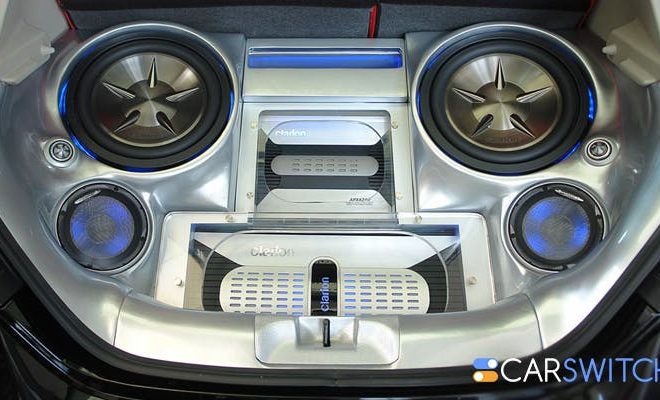How to understand your car’s audio

Introduction:
The audio system in your car serves as an essential entertainment and information feature. It connects you to your favorite tunes, podcasts, or gives you access to the world through news stations. To get the most out of your car’s audio system, it’s crucial to understand its components and how they work together. _In this article, we’ll guide you through the basics of understanding your car’s audio system._
1. Components of a Car’s Audio System
There are several key components that make up any car’s audio system. They include:
a) Head Unit: The head unit, often referred to as the stereo or radio, is the central control for your car’s audio system. It allows you to choose between different audio sources such as radio channels, CDs or digital files, and adjust volume levels.
b) Amplifier: The amplifier boosts the audio signal before sending it to your speakers. Most cars have built-in amplifiers within their head units, but enthusiasts might add an external amplifier for improved sound quality.
c) Speakers: Speakers in a car transform electric signals into sound waves, creating an audible experience for passengers. Cars usually come with multiple speakers placed strategically around the cabin area.
d) Subwoofer: Some cars include subwoofers that deliver powerful bass notes adding depth and realism.
2. Understanding Speaker Types and Placement
Car speaker systems consist of different types of speakers to cover a full range of sound frequencies. These include:
a) Tweeters: Smaller high-frequency speakers responsible for producing bright trebles located near the dashboard or A-pillars.
b) Midrange Speakers_: Midrange speakers produce middle frequencies (vocals and instruments), typically found on doors or in custom speaker pods.
c) Woofers: Woofers are larger low-frequency speakers that generate deep bass notes, often found in doors and rear deck systems.
d) Coaxial Speakers: Coaxial speakers combine tweeters and midrange drivers in a single unit, providing a more cost-effective and compact solution but may sacrifice some audio quality.
3. Adjusting Audio Settings
Most car head units come with various settings that enable you to tailor the listening experience to your preferences. Some of the key settings include:
a) Volume Control: Balance the sound levels between different speakers to create an immersive audio experience.
b) Balance and Fader: Adjust left-right or front-back speaker balance to find the perfect auditory sweet spot.
c) Tone Controls: Use bass, midrange, and treble adjustments to tweak the sound quality according to your music preferences.
d) Equalizers (EQ): Advanced EQ settings allow further fine-tuning of the audio with specific frequency adjustments.
4. Expanding Your Audio System
For the ultimate in-car entertainment experience, consider upgrading your car’s audio system with features like:
a) Bluetooth Connectivity: A Bluetooth-compatible head unit allows wireless connection to your smartphone or other devices for hands-free calling and seamless music streaming.
b) Satellite Radio: Gain access to hundreds of digital radio channels with crystal-clear reception anywhere in the country by upgrading to satellite radio.
c) Android Auto and Apple CarPlay: These platforms allow seamless smartphone integration, granting easy access to entertainment, navigation, and communication apps through your car’s infotainment system.
Conclusion:
Understanding your car’s audio system can be simple but insightful. By recognizing its key components and knowing how to adjust them, you can create a more enjoyable driving experience. For even greater sound quality and connectivity options, consider investing in an audio system upgrade that brings new technology into your daily commute. Happy listening!





